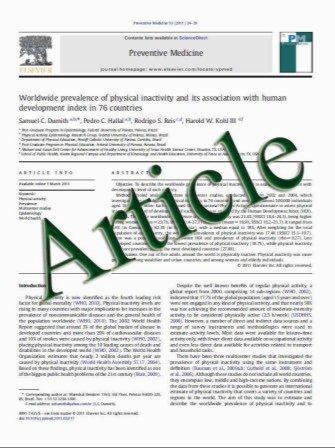Cell-free synthesis of a functional G protein-coupled receptor complexed with nanometer scale bilayer discs
- نوع فایل : کتاب
- زبان : انگلیسی
- مؤلف : Jian-Ping Yang (jianping.yang@lifetech.com) Tatiana Cirico (Tatiana.cirico@lifetech.com) Federico Katzen (federico.katzen@lifetech.com) Todd C Pete
- چاپ و سال / کشور: 2011
Description
Background: G protein coupled receptors (GPCRs) represent the largest family of membrane proteins in the human genome and the richest source of targets for the pharmaceutical industry. A major limitation to characterizing G-protein-coupled receptors (GPCRs) has been the difficulty in developing high-level heterologous expression systems that are cost effective. Reasons for these difficulties include inefficient transport and insertion in the plasma membrane and cytotoxicity. Additionally, GPCR purification requires detergents, which have a negative effect on receptor yields and stability. Results: Here we report a detergent-free cell-free protein expression-based method to obtain pharmacologically active GPCRs in about 2 hours. Our strategy relies on the cotranslational insertion of modified GPCRs into nanometer-sized planar membranes. As a model we employed an engineered ƒہ2-adrenergic receptor in which the third intracellular loop has been replaced with T4 lysozyme (s2AR -T4L). We demonstrated thatnanolipoprotein particles (NLPs) are necessary for expression of active s2AR -T4L in cell-free systems. The binding specificity of the NLP- s2AR-T4L complex has been determined by competitive assays. Our results demonstrate that ƒہ2AR-T4L synthesized in vitro depends on similar oxidative conditions as those required by an in vivo-expressed receptor. Conclusions: Although the activation of ƒہ2AR-T4L requires the insertion of the T4 lysozyme sequence and the yield of that active protein limited, our results conceptually prove that cell-free protein expression could be used as a fast approach to express these valuable and notoriously difficult-to-express proteins.
BMC Biotechnology 2011, 11:57 doi:10.1186/1472-6750-11-57 ISSN 1472-6750 Article type Methodology article Submission date 20 December 2010 Acceptance date 23 May 2011 Publication date 23 May 2011


